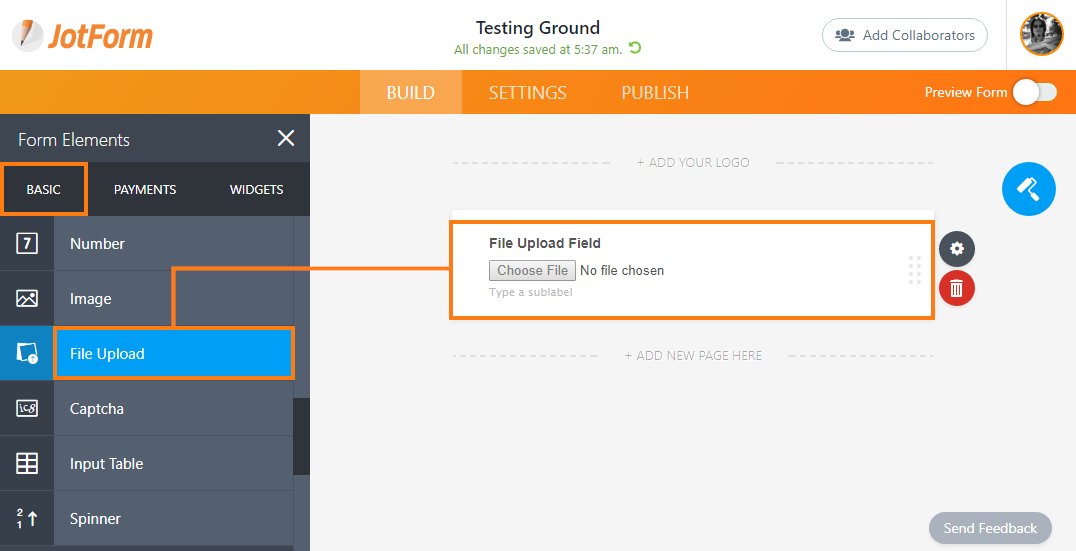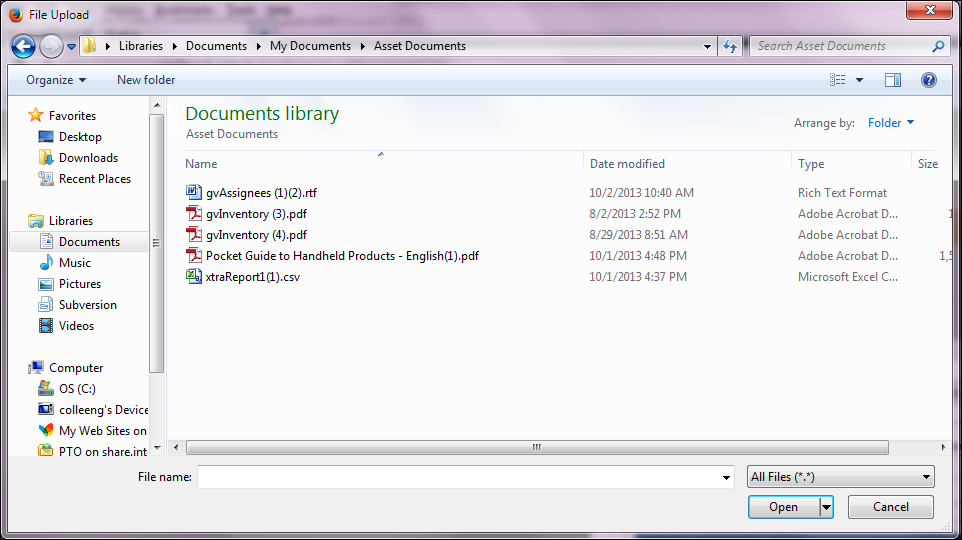

PutObjectRequest: Represents a web request for uploading an object to an S3 bucket.To upload an object to an existing bucket, the AWS Java SDK for S3 provides us with PutObjectRequest and RequestBody, which are used with the S3Client and Region. Now that our bucket is up and running, let's go ahead and upload some files to it! Uploading a File to an S3 Bucket Then, we've created an S3Client object and used its builder(), passing the region, to instantiate it.įinally, to create a bucket, we'll need to pack everything in a request and fire that request using the S3Client instance. Set the region closest to where your users will be. If we skipped this step, the default region in the ~/.aws/config is used. createBucketConfiguration(CreateBucketConfiguration.builder()įirst, we've set up a Region object. S3Client s3 = S3Client.builder().region(region).build() ĬreateBucketRequest createBucketRequest = CreateBucketRequest Let's take a look at how we can set up a bucket for creation: Region region = Region.US_WEST_2 CreateBucketConfiguration: Represents the configuration for S3 bucket creation.CreateBucketRequest: Represents a web request for creating S3 buckets.S3Client: Used to set up and configure a client to connect to AWS S3 over web services.Region: Represents an AWS hosting region to perform the SDK operations in.The AWS Java SDK for S3 provides several classes that can be used to create a new bucket.
#ANKIAPP UPLOADING FILE DOWNLOAD#
There's a lot of dependencies in the entire SDK - 219, to be exact, so if you're only using S3, there's no need to download them all.Īt this point, we are ready to automate the creation of buckets, uploading files to them and the deletion of buckets using Java! Creating an S3 Bucket with Java Now, instead of just the S3 dependency, you could use aws-java-sdk, which is the entire SDK. If you're using Maven, add the following dependency to include the AWS Java SDK: com.amazonaws aws-java-sdk-s3 $' The local environment should now be configured for the AWS Java SDK to authenticate successfully. To configure this yourself, create the new file ~/.aws/credentials and add the following contents, replacing the access key and secret key with the values from your newly created IAM user in the AWS console: aws_access_key_id = YOUR_ACCESS_KEY_IDĪws_secret_access_key = YOUR_SECRET_ACCESS_KEYĬreate a default region file for the AWS SDK to use by adding a new file called ~/.aws/config with the following contents (you can replace the region with one closer to where your users live for optimal performance): region = US_WEST_2 You'll need to create this file yourself and add the IAM credentials into it. You'll be taken to a confirmation page, where you can copy out the Access key ID and Secret access key which are the credentials you'll use to access the AWS API through the Java SDK.īy default, the SDK will look up for the credentials in the Default credential profile file, which is a file typically located at ~/.aws/credentials on your local machine. Review the IAM user configuration and click the Create user button.


The easiest way to do this is to log into the AWS console and create a new IAM (Identity and Access Management) role:Ĭlick the Next: Tags button, then click the Next: Review button.
#ANKIAPP UPLOADING FILE HOW TO#
Let's start by learning how to create a set of AWS credentials, which are required to access AWS and make API calls through the SDK. In addition to creating and working with S3 buckets through the web interface, AWS provides the SDKs that give us access to bucket operations.
#ANKIAPP UPLOADING FILE FULL#
Users have full control to set bucket-level or file-level permissions and thus determine access to buckets and their contents. Each bucket is mapped to a URL that allows files within the bucket to be accessed over HTTP. Files can be organized into separate "S3 buckets" which are containers for data.ĭata files can be further categorized into folders within buckets for familiar path-based organization and access. S3 provides a web interface which makes it easy to upload files for storage and retrieve them. Data is stored using a model called Cloud Object Storage, which stores the data itself (usually from a file), some metadata describing the object, and an ID to uniquely identify the object. S3 makes it easy for developers and other users to implement data storage for personal use or their applications. One of the most popular services available on Amazon Web Services is the Simple Storage Service (S3). In this article, we'll be using the Java AWS SDK and API to create an S3 bucket, upload files to it, and finally - delete it.


 0 kommentar(er)
0 kommentar(er)
